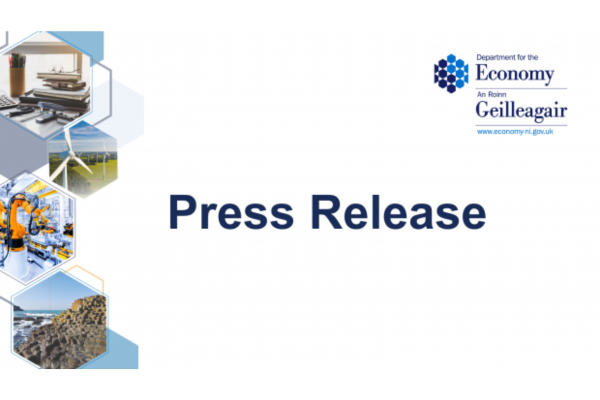- Fri. Apr 26th, 2024
Latest Post
Hermès: Setting the Bar for Personalized Luxury Shopping with Unique Physical Stores
Hermès is known for its unique approach to physical stores, and this is what sets them apart from the competition. According to Diane Mahady, their clients appreciate the unexpected element…
Premier Miton Group’s Increasing Interest in Xeros Technology Group plc Suggests Market Potential and Future Growth Opportunities
Xeros Technology Group plc recently announced a major change in share ownership. As of April 26, 2024, Premier Miton Group plc now holds 7.492% of total voting rights, up from…
Maximizing Trading Advantages: The North South Ministerial Council’s Trade and Business Development Meeting in Armagh
The North South Ministerial Council held a Trade and Business Development Sectoral Meeting in Armagh, with Economy Minister Conor Murphy emphasizing the importance of working together to maximize the trading…
From 30th to Fourth: Deepika Kumari’s Triumphant Return to the International Archery Stage”.
Indian archery star Deepika Kumari has returned to the international stage with renewed vigor, making it to the final four of the opening stage of the Hyundai Archery World Cup…
JPMorgan CEO Warns of Potential Stagflation as High Inflation Plagues U.S. Economy
JPMorgan CEO Jamie Dimon has expressed caution about the U.S. economy and the potential for stagflation as high consumer prices continue to plague the country. In an interview with The…
Newest Gas Station Chain Makes Its Mark in Irmo: Murphy Oil Corporation Takes Over Harbison-Area Wells Fargo Bank Property
The Irmo area has seen the addition of a new leaseholder as Murphy Oil Corporation takes over a previously occupied Wells Fargo Bank property. The company, which operates over 1,700…
From Humble Beginnings: Omaha Public Schools’ Bluestem Middle School Robotics Team Makes VEX World Championships Debut
Omaha Public Schools’ Bluestem Middle School is sending a team to the VEX Robotics World Championships for the first time in about a decade. Coach Sheri Cohen Vollmer has been…
The BIOSECURE Bill: A Controversial Proposal to Isolate US Pharmaceutical Companies from Chinese Economic Interactions and its Implications for the Healthcare Sector
The growing trend to isolate the US from Chinese economic interactions has led to a proposal to prevent US drug companies from outsourcing tasks to Chinese firms. This could have…
JPMorgan CEO Jamie Dimon Warns of Potential Stagflation as Federal Reserve Takes Action on High Consumer Prices
JPMorgan CEO Jamie Dimon recently cautioned about the U.S. economy, expressing concern that stagflation could be a potential outcome as the Federal Reserve works to control high consumer prices. In…
Celebrate Women’s Empowerment at Fort Worth’s Women’s Market – Sip & Shop on April 28th!
On Sunday, April 28th, Fort Worth will be hosting a free event to celebrate women-owned businesses. The Women’s Market – Sip & Shop is being organized by Women Who Collab,…




